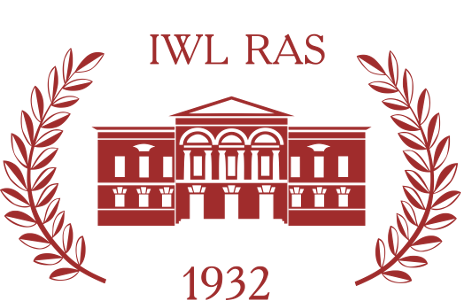Information about the author:
Elena V. Haltrin-Khalturina
Elena V. Haltrin-Khalturina, DSc in Philology (RF), PhD in English (USA), Leading Research Fellow, A.M. Gorky Institute of World Literature of the Russian Academy of Sciences, Povarskaya 25 a, 121069 Moscow, Russia.
ORCID ID: https://orcid.org/0000-0003-2205-9444
E-mail:
Abstract:
Spenser’s poem “The Fairy Queen” offers an inventive take on the myth of Prometheus, who turns out to be the creator of the first elf. Spenser’s mythologizing does not contradict the biblical creation narrative concerning mankind. Even so, Prometheus-the-demiurge commits misdeed: he puts together an artificial body by transgressively practicing, to use the present-day words, autopsy and xenotransplantation and by stealing the spark of Divine fire. His wrongdoing still has positive outcome in the rise of a whole new race of elven people, descending from the first Elf (crafted by Prometheus) and the “no earthly” Fay (cf. Minerva of the ancient tradition). Also, as a foil to Prometheus’s deeds, Spenser describes acts of other fashioners who brought to existence inanimate creatures receiving no proper place on the Chain of being, such as Talus (the iron squire) and False Florimell (a product of alchemy and witchcraft). Spenser’s poem served as one of the sources for Mary Shelley’s “Frankenstein.” Comparing the stories of the two “modern” Prometheuses — one by Spenser and the other by Mary Shelly — one might discuss how the artificial-body discourse has changed over the course of several epochs. In the universe imagined by Spenser, the hierarchical order triumphs: an artificial body is not invested with power to effectively disrupt the scala naturae, in accordance with which a spiritual human being is always superior to automata or to any “carcasse dead” and “mummy possest”. In a romantic world not so particular about the great Chain of Being, Victor Frankenstein’s creature has no “unearthly” Fay to look up to, and he does not grasp the ethics of life renewal, while his creator doesn’t act on the redemptive felix culpa principle.


